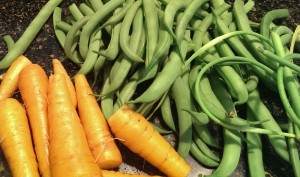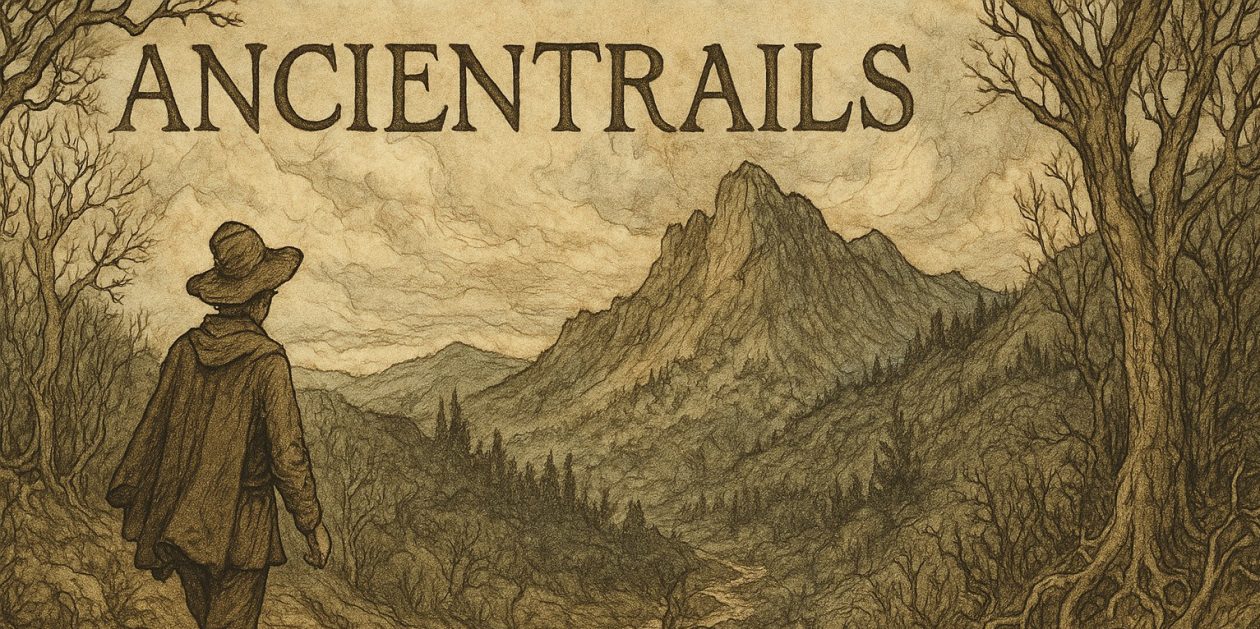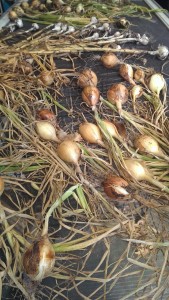Summer Lughnasa Moon
I’ve slipped into a late summer pensive mode, obvious from the posts lately. It’s not far off from melancholy, a land I can see from this spot in my inner landscape.
It comes, in part anyhow, from being fed up with garden work, tired of the responsibility. At first this year I described this as pulling away from the land, a pulling away occasioned by our pending move. And, yes, there is that element to it, but then I recalled other late July, early August feelings. Similar ones.
Around the time of Lughnasa, the Celtic festival of first fruits, we’ve been at the garden since April. That’s 4 months and my emotional response to it follows a predictable pattern. There is, first, eagerness. This often comes in January with the arrival of the seed catalogs. Paging through these girly magazines of the horticultural world, flashing pictures of mature vegetables and gorgeous flowers draw the eye and stimulate the imagination. A new year’s garden begins to take shape with scribbled plant lists, drawings of the beds, conversations about what went well last year, what might be fun this year. This is around Imbolc, the Celtic festival of lambs-in-the-belly.
Then, the grip of winter loosens and the soil can be worked. This is the time for planting cool weather crops. Now there’s a mild fever, a feeling that the weather is holding things up. Last year’s mulch gets pulled off, the beds for cool weather plants get worked a bit and seeds go in the ground.
Waiting for seeds to germinate is a sweet time, part concern, part withheld joy. Then the shoots begin to pierce the earth. Often here in Minnesota this is around the Celtic festival of Beltane, the beginning of the growing season, May Day.
Another period of impatience occurs. Frost sensitive plants can’t be planted with confidence until after May 15th, some even after Memorial Day, though each year there’s a temptation to test the weather in order to benefit from a longer growing season.
All of May is garden intensive with clean-up, planting, weeding, bed preparation, dead-heading of perennial flowers. May might be the best garden month because it combines the restless anticipation of the frost sensitive plantings with thinning and weeding of the cool weather crops.
With the gradual climb of the sun toward the Summer Solstice the plants accelerate their growth. All the plants. Including weeds. By the Solstice insects have begun to have their way with some of the growing plants and weeds become a constant. Mulch goes back down to hold in moisture and keep the ground cooler. June sees the full garden, the vegetable garden, growing. The cool weather plants are racing to maturity and the frost sensitive plants gain height and leaves, some fruits.
In late June and July beets and carrots of the cool weather plantings, green beans and sugar snaps, chard and collard greens are ready. Harvests begin and second plantings go in. The sun’s height, though now in recession, continues high and solar energy strong.
July is the peak of the garden with most plants high, green and bearing fruit. Harvests  already begun continue and often tomatoes are ripe, peppers, too. The first of these. By now the eagerness has waned, replaced by a steady rhythm of spray, weed, thin, pick.
already begun continue and often tomatoes are ripe, peppers, too. The first of these. By now the eagerness has waned, replaced by a steady rhythm of spray, weed, thin, pick.
Yes, it’s true that the harvest is the point of it and, yes, it’s true that harvesting is a satisfying work. But sometime around Lughnasa, right now this year, the garden’s grip on my imagination and heart begins to weaken. I begin to resent its hold on my time, on having to be present to it. Also, plants begin to die back, this is the end of maturation, senescence.
This feeling lasts a couple of weeks, until a hint of coolness hits the nights. It might come from my sensitivity to the changing light, a signal that the more thought-focused, inner world seasons have already begun to assert themselves. I am a child of the dark fallow months, a time when the world outside demands nothing, leaving me alone with my books, my Latin, my writing.
In another week or so I’ll get another boost for garden work. Anticipation will grow for the raspberry ripening and the triumphal weeks of tomato, egg plant, pepper, cucumber harvests. By September the garden will demand less time. I’ll put in a new crop of garlic later in the month, possible early October. Clean up and memories will dominate then.
All this is to say that I’m not really pulling away, not quite yet. This is mid-season weariness, a regular event. Part of the gardening year.


